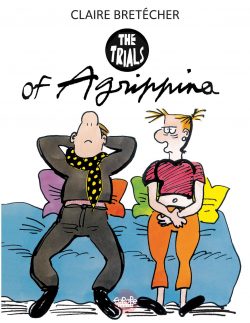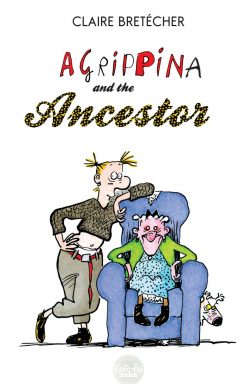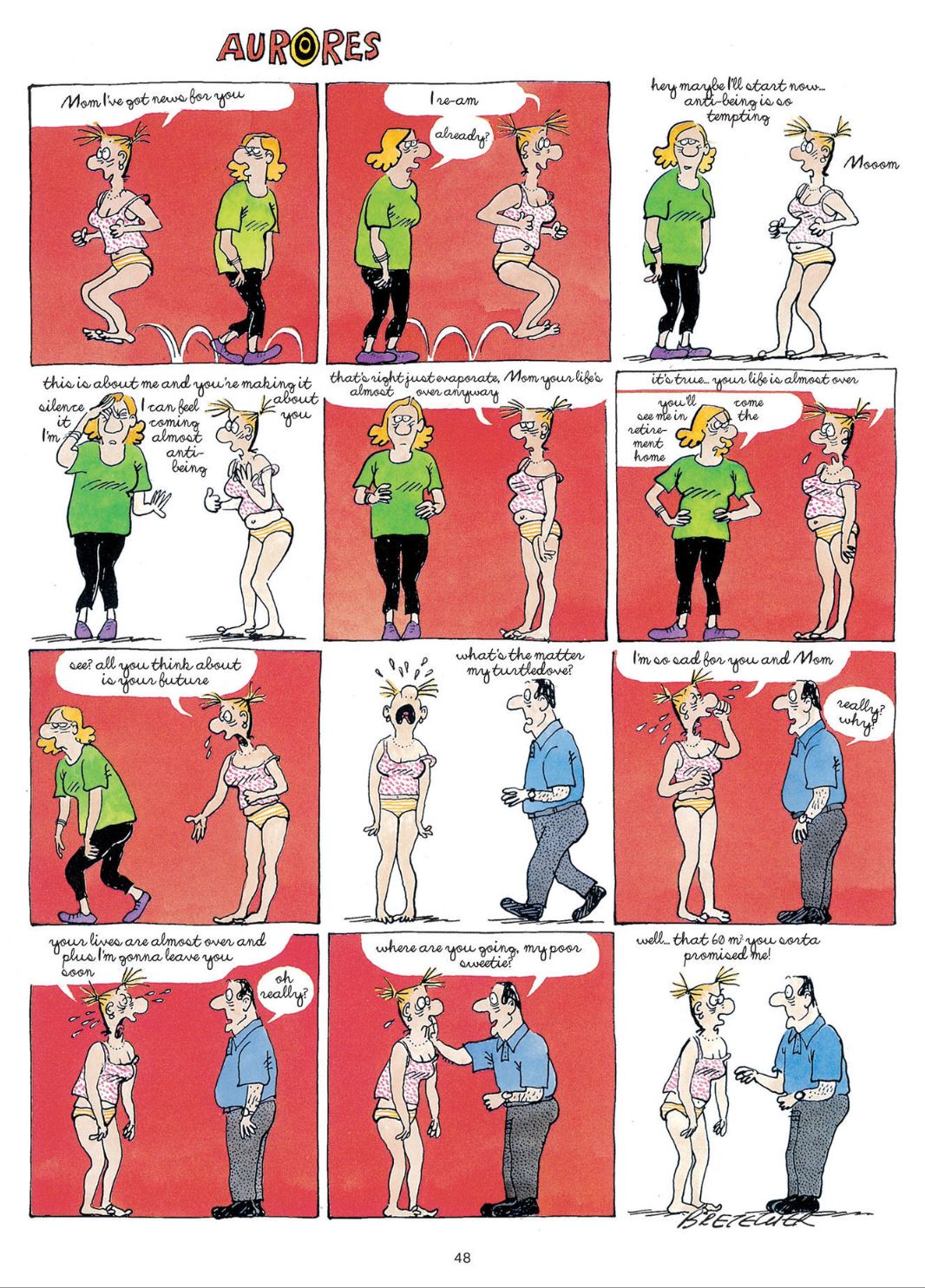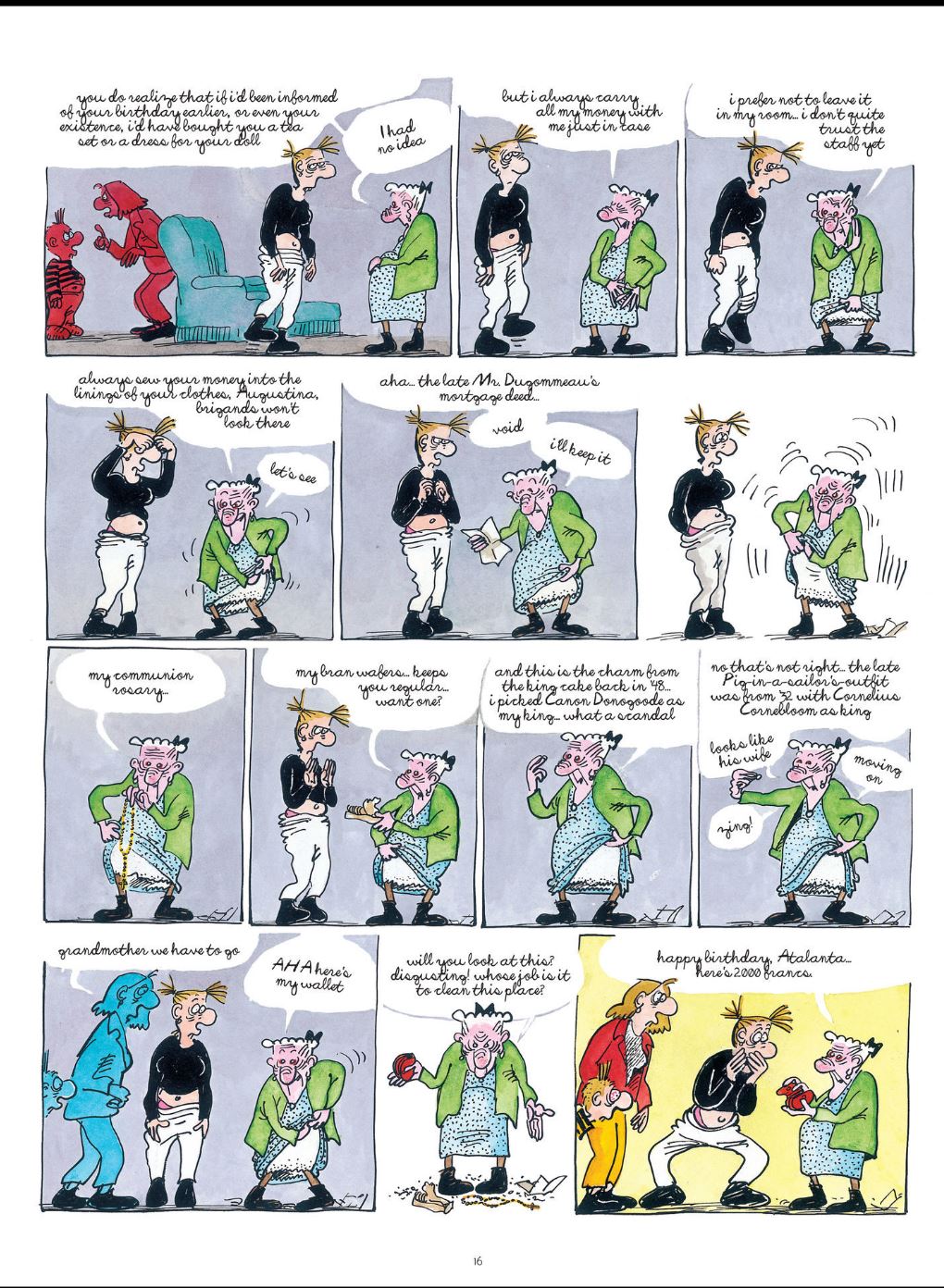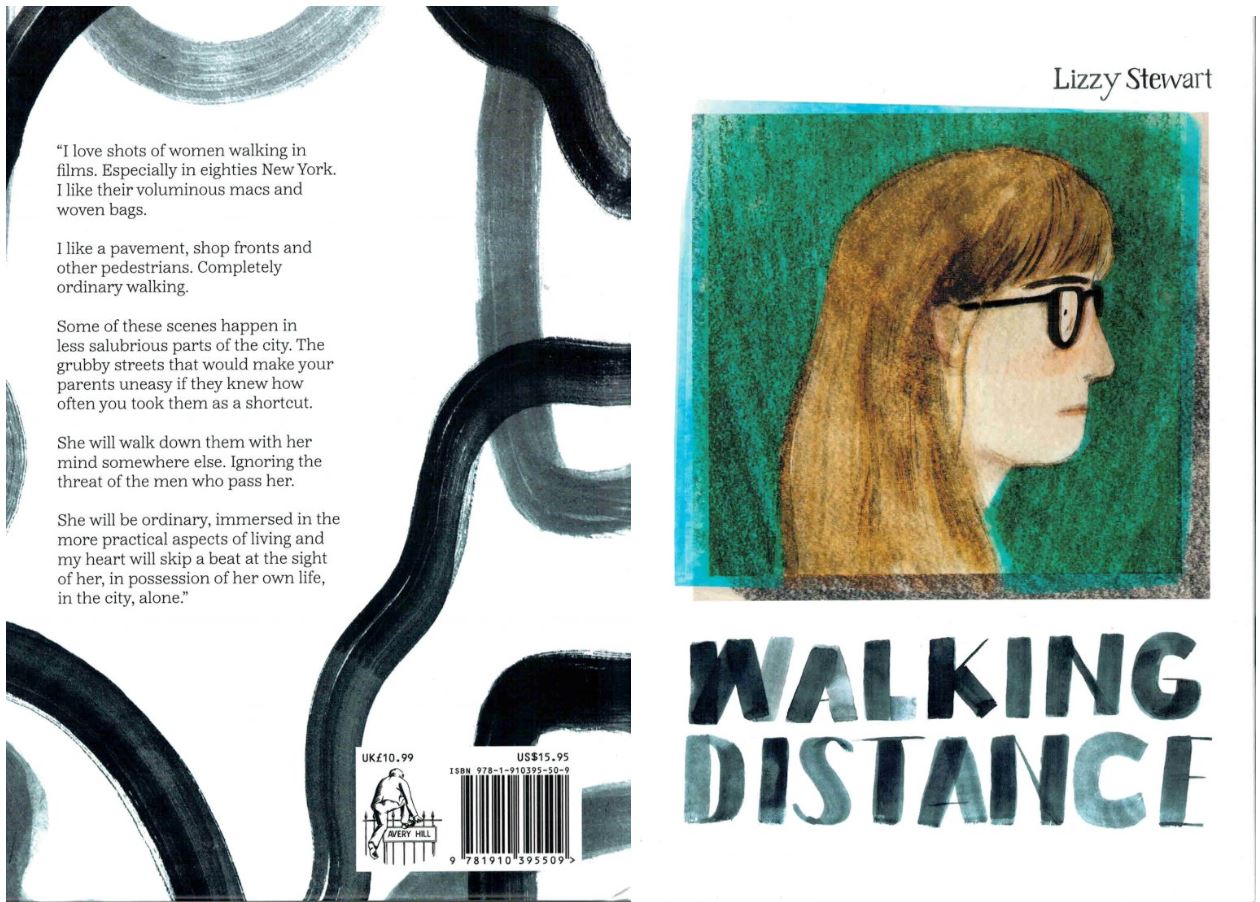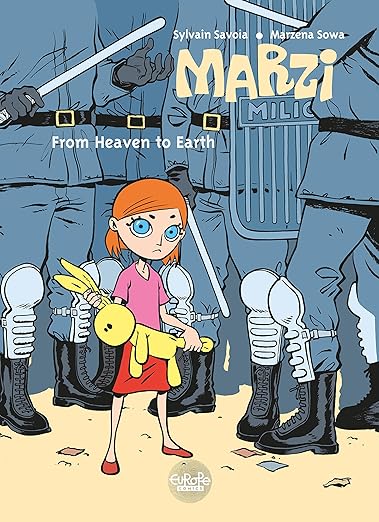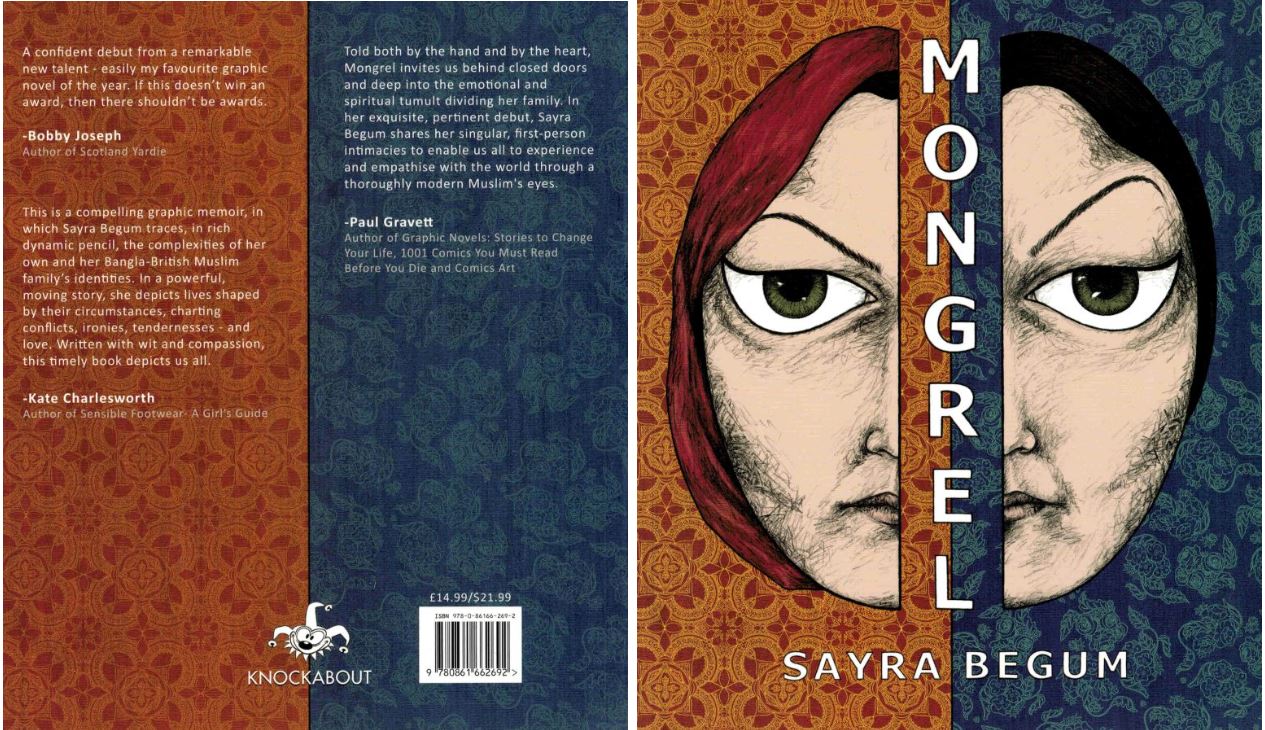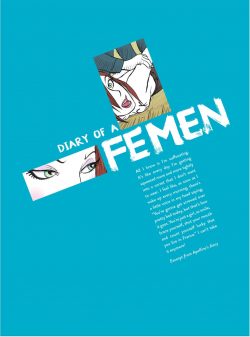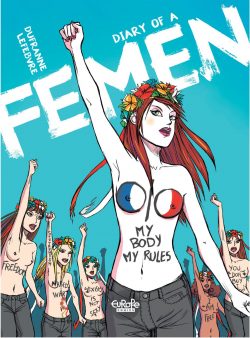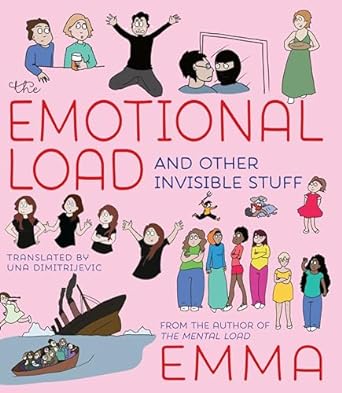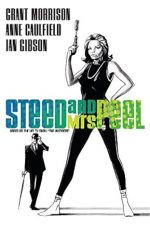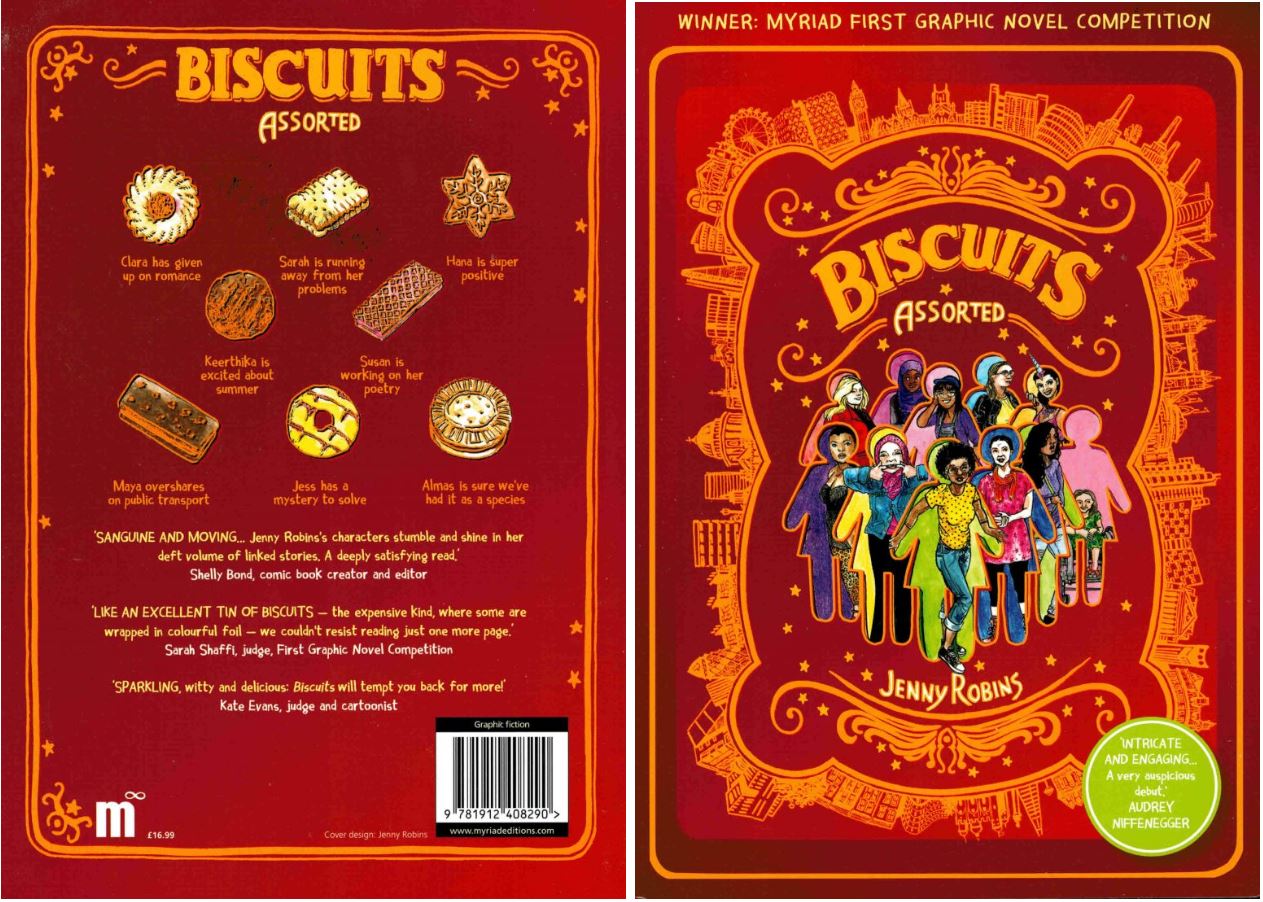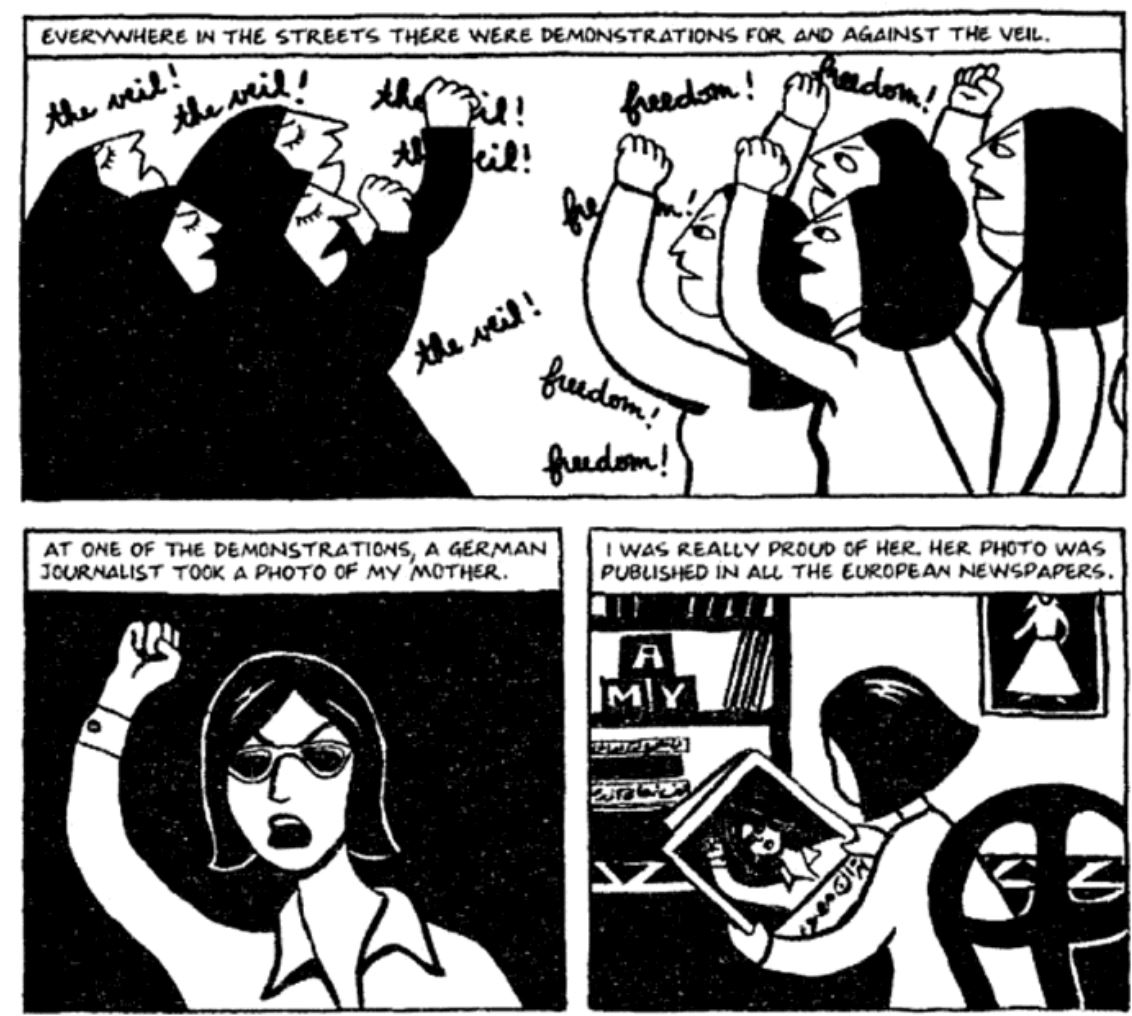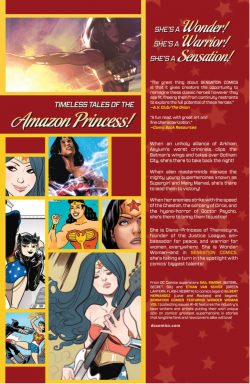
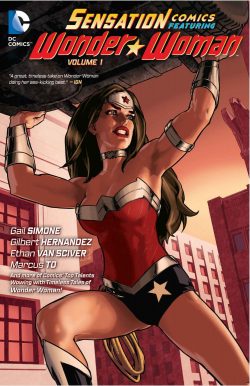
By Gail Simone & Ethan Van Scriver, Amanda Deibert & Cat Staggs, James Bischoff & David A. Williams, Ivan Cohen & Marcus To, Sean Williams & Marguerite Sauvage, Ollie Masters & Amy Mebberson, Gilbert Hernandez & John Rauch, Rob Williams & Tom Lyle, Neil Kleid & Dean Haspiel , Corinna Bechko & Gabriel Hardman & various (DC Comics)
ISBN: 978-1-4012-5344-8 (TPB/Digital edition)
Beyond all dispute or doubt, Wonder Woman is the very acme of female role models. Since her premier in 1941 she has dominated every aspect of global consciousness to become not only a paradigm of comics’ very fabric but also a brilliant and vivid visual touchstone and mythic symbol to women everywhere. In whatever era you observe, the Amazing Amazon epitomises the perfect balance between thought and competence and, over those decades, has become one of that rarefied pantheon of literary creations to achieve meta-reality.
For decades, the official story was that the Princess of Paradise Island was conceived by psychologist and polygraph pioneer William Moulton Marston as a calculated attempt to offer girls a positive and forceful role model who would sell more funnybooks to girls. Thanks to forward-thinking Editor M.C. Gaines, an introductory guest shot for the Amazon in All Star Comics #8 (cover-dated December 1941 and on sale from the third week of October), served to launch her one month later into her own series – and the cover-spot – of new anthology title Sensation Comics. We now know Wonder Woman was in fact a team if not communal effort, with Moulton Marston acting at the behest of his remarkable wife Elizabeth and their life partner Olive Byrne.
An instant hit, Wonder Woman won an eponymous supplemental title (cover-dated summer 1942) some months later. That set up enabled the Star-Spangled Sensation to weather the vicissitudes of the notoriously transient comic book marketplace and survive beyond the Golden Age of costumed heroes beside Superman, Batman and a few lucky hangers-on who inhabited the backs of their titles. She soldiered on well into the Silver Age revival under the official auspices of Kanigher, Ross Andru & Mike Esposito, but by 1968 superhero comics were in decline again and publishers sought new ways to keep audiences interested as tastes – and American society – changed.
Barring a couple of early fill-ins by Frank Godwin, the vast majority of outlandish, eccentric, thematically barbed adventures they collectively penned were limned by classical illustrator Harry G. Peter. When Marston died on cancer in 1947, his assistant Joye Hummell carried on writing stories until DC replaced her with a man – in fact a “real Man’s Man” – Robert Kanigher…
Once upon a time on a hidden island of immortal super-women, American aviator Steve Trevor of US Army Intelligence crashed to Earth. Near death, he was nursed back to health by young, impressionable Princess Diana. Fearful of her besotted child’s growing obsession with the creature from a long-forgotten and madly violent world, Diana’s mother Queen Hippolyte revealed the hidden history of the Amazons: how they were seduced and betrayed by men but rescued from bondage by the goddess Aphrodite on condition they isolated themselves forever from the mortal world, devoting their eternal lives to becoming ideal, perfect creatures.
However with the planet in crisis, goddesses Athena and Aphrodite instructed Hippolyte to send an Amazon back with the American to fight for global liberty. Although forbidden to compete, closeted, cosseted teen Diana clandestinely overcame all other candidates to become their emissary: Wonder Woman.
On arriving in the Land of the Free she purchased the identity and credentials of lovelorn Army nurse Diana Prince, which elegantly allowed the unregistered immigrant to stay close to Steve whilst enabling the heartsick care-worker to join her own fiancé in South America.
The new Diana soon gained a position with Army Intelligence as secretary to General Darnell, further ensuring she would always be able to watch over her beloved. The Princess little suspected that, although the painfully shallow Steve only had eyes for the dazzling Amazon superwoman, the General had fallen for the mousy but supremely competent Lieutenant Prince…
Back then, the entire industry depended on newsstand sales and if you weren’t popular, you died. Editor Jack Miller & Mike Sekowsky stepped up with a radical proposal (a makeover in the manner of UK TV icon Emma Peel) and made comic book history with the only female superhero to still have her own title in that marketplace. Eventually the merely mortal troubleshooter gave way to a reinvigorated Amazing Amazon who battled declining sales until DC’s groundbreaking Crisis on Infinite Earths, after which she was radically rebooted.
There were minor tweaks in her continuity to accommodate different creators’ tenures, until 2011 when DC rebooted their entire comics line again and Wonder Woman once more underwent a drastic, fan-infuriating but sales-boosting root-&-branch re-imagining. Perhaps to mitigate the fallout, DC created a number of fall-back options such as this intriguing package: the first of three to date…
Sensation Comics Featuring Wonder Woman began as an online “digital first” series before being collected (months later) as a new standard print comic reprinting three post/chapters per issue. Crafted by a fluctuating roster of artists and writers, the contents highlighted every previous era and incarnation of the character – and even a few wildly innovative alternative visions – offering a variety of thrilling, engaging and sincerely fun-filled moments to remember.
The comic book iteration was successful enough to warrant its own series of trade paperback compilations which – in the fullness of time and nature of circularity – gained their own digital avatars as eBooks too.
This first full-colour compilation collects Sensation Comics Featuring Wonder Woman #1-5 (October 2014 – February 2015), displaying a wealth of talent and cornucopia of different insights, starting with Gail Simone & Ethan Van Scriver’s ‘Gothamazon’, detailing how a mythologically militaristic Wonder Woman uncompromisingly, permanently cleans up Batman’s benighted home when the Gotham Guardians are taken out of play…
Amanda Deibert & Cat Staggs’ ‘Defender of Truth’ pits the Amazon against man-hating sorceress Circe to deliver a lesson that never gets old before ‘Brace Yourself’ from James Bischoff & David A. Williams reveals how little Princess Diana spent her formative years testing her growing abilities – and the Queen’s patience and love…
In ‘Taketh Away’ Ivan Cohen & Marcus To tackle an interesting issue by addressing the religious implications of a pagan-worshipping hero in Judaeo-Christian America whilst delivering an action-packed mystery and super duel with old enemies Cheetah and Doctor Psycho, before Sean Williams & Marguerite Sauvage explore her media profile as crime buster, role model and singer/lead guitarist with global rock sensation ‘Bullets and Bracelets’.
‘Morning Coffee’ by Ollie Masters & Amy Mebberson offers a quirky, manga-inspired duel of wits and ideologies with infallible thief Catwoman after which Gilbert Hernandez & colourist John Rauch go incontrovertibly retro for a blockbusting Silver-Age celebration of maidenly might as Wonder Woman, Mary (Shazam!) Marvel and Supergirl smash robots, aliens, supervillains and each other in cathartically cataclysmic clash ‘No Chains Can Hold Her!’
An alternate Earth mash-up by Rob Williams & Tom Lyle sees the classic Justice League and Thanagarian shapeshifter Byth face the ‘Attack of the 500-Foot Wonder Woman’ whilst ‘Ghosts and Gods’ (Neil Kleid & Dean Haspiel) finds the Golden Age Amazon and trusty aide Etta Candy united with restless spirit Deadman to foil the schemes of immortal eco-terrorist Ra’s Al Ghul.
The comic cavalcade concludes on a far more sombre and sinister note as ‘Dig for Fire’ by Corinna Bechko & Gabriel Hardman discloses how Diana invades Hellworld Apokolips to rescue two Amazon sisters only to discover amidst the horror and degradation that true evil is not the sole preserve of depraved New God Darkseid…
Augmented by spectacular covers-&-variants from Van Scriver & Brian Miller, Phil Jimenez & Romula Farjardo Jr., Ivan Reis, Joe Prado & Carrie Strachan, Adam Hughes & Lawrence Reynolds, this fascinating snapshot of the sheer breadth and variety of visions Wonder Woman has inspired in her decades of existence is one to delight fans old and new alike.
© 2014, 2015 DC Comics. All Rights Reserved.

